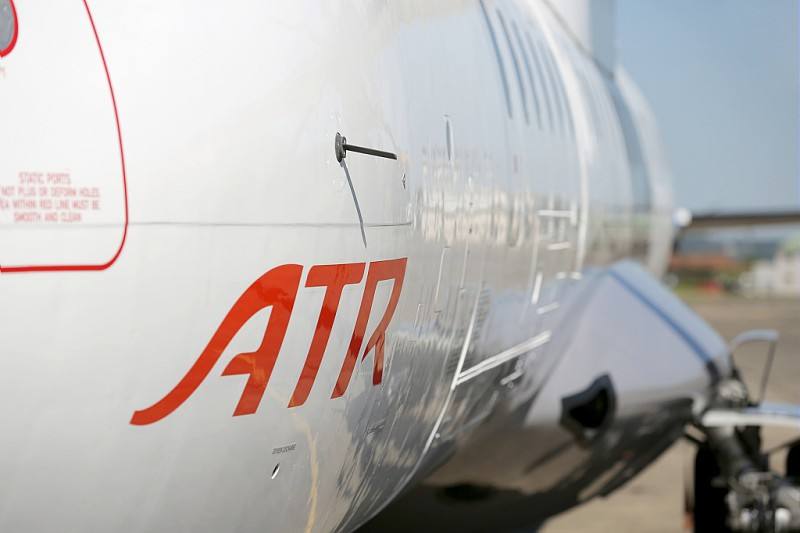ATR has certified its new Vibration Monitoring System (VMS) designed to improve aircraft reliability and passenger comfort. The system will be available for retrofit on in-service aircraft.
ATR has certified its new Vibration Monitoring System (VMS) which will allow airlines to constantly monitor and fine-tune propeller vibration. This innovation, which will be available on all new aircraft from March 2018, improves both aircraft reliability and passenger comfort. It will also be available to retrofit on in-service aircraft, via Service Bulletin.
The new VMS will be permanently installed on the aircraft and replaces the previous temporary ground tooling systems used to monitor engine vibration. ATR notes that the equipment, which will be supplied by Meggitt Sensing Systems, removes the need for airlines to organise regular ground testing or put maintenance personnel on revenue flights, therefore improving maintenance efficiency.
VMS measures vibration at engine level in real time, via an accelerometer placed on each engine very close to the propeller. The vibration analysis performed throughout the flight within the Vibration Monitoring Control Unit will be stored for easy access after flight by Maintenance personnel through the Multifunctional Control Display Unit (MCDU). The resulting VMS report is then included in the Aircraft Condition Monitoring System, with precise instructions to airline maintenance crews on how to balance the propellers.
ATR notes that the reduction in propeller vibration improves the comfort for everyone on board by minimising vibration and engine noise in the cabin. It also improves the reliability of engine components and of the aircraft as a whole, ultimately reducing Direct Maintenance Costs.

